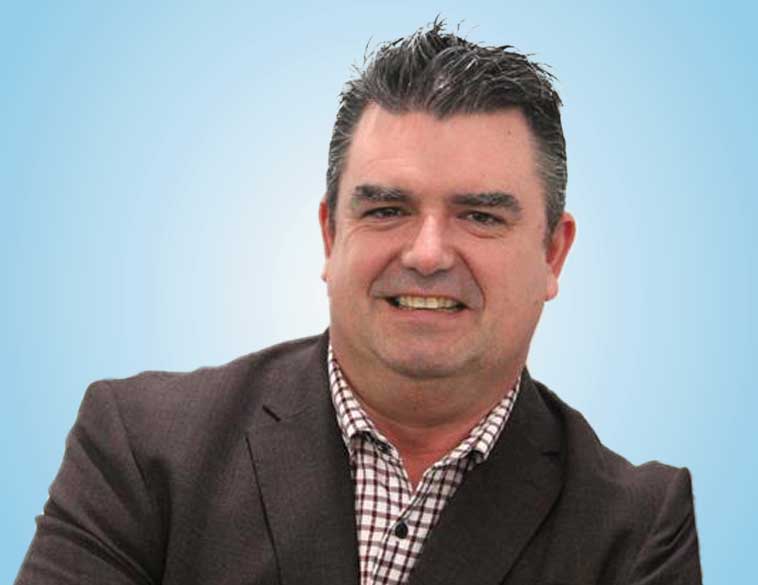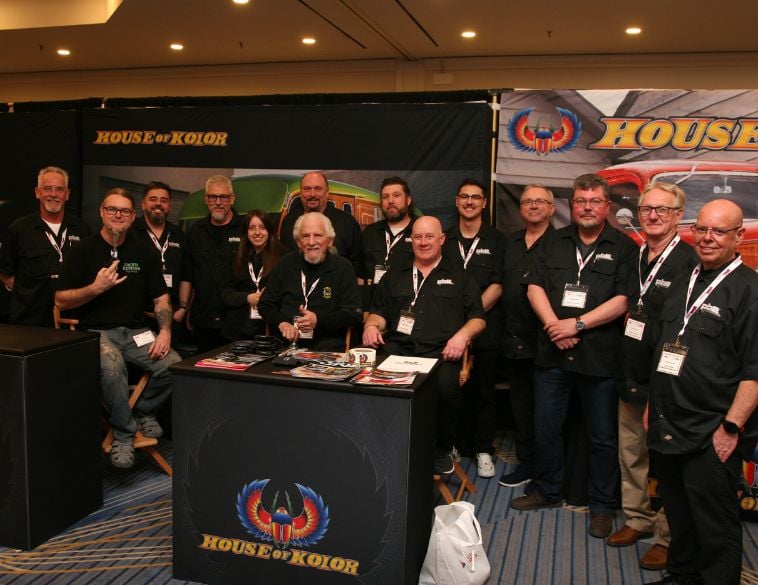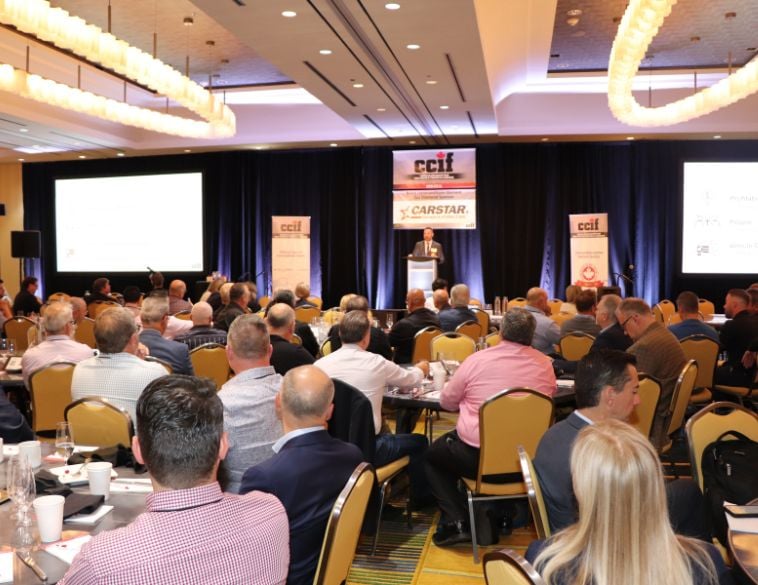Less than half of body shops are able to balance the nature of the damage on the vehicles they accept, which has a major impact on their operations and profitability.
I’m coming back today to the importance of making our shop managers true managers. I know that the volume of vehicles entrusted to them is very high and that in the heat of the moment, it is difficult for them to take the necessary step back to properly analyze the situation.
The formula that the body shops that are doing very well at the moment is based on a simple balance. The production schedule should consist of 40% light repairs, requiring between one and 20 hours of work, 35% work requiring between 20 and 40 hours, and finally no more than 25% major repairs requiring more than 40 hours of work.
Bottlenecks
What we still see too often at the moment are workshops cluttered with major repairs, often on vehicles that cannot be driven on. This puts a lot of pressure on the shop floor and causes bottlenecks in the production flow, long before the paint room stage.
I come back to the importance for the shop manager to have a clear picture of his production capacities, quantified in hours. It is only with this information that he will be able to fill his schedule by accepting work according to the availability of his calendar.
It is no longer a question of volumes
Yes, this means that the body shop must choose which vehicles it will or will not accept to repair. With figures in hand, he can tell the insurer that he can’t accept a heavily damaged car until later. And if the insurer insists, he can discuss possible solutions with him. The profitability of the workshop is not based on volumes, and it is necessary to stop accepting everything, without knowing, to then live with the consequences.
Some will say that being selective about the vehicles we accept will result in a mass of wrecked cars that will not be repaired. Far from it.
At the moment, our analysis shows that we are generally only achieving 70% of the deliveries that we could achieve if all shops were able to effectively distribute the severity of repairs according to the formula presented.
What is on the horizon is a more regional approach to reparations. I know the approach right now is to deliver cars to a specific body shop. However, there would be a significant gain in dividing the work among various workshops in light of their own capabilities. Why tie up a non-body shop vehicle at a body shop when his neighbor has the space in his schedule to take it over?
The future lies in the real management capabilities of our body shop teams, in sharing data on production capabilities and in insurers’ understanding of this reality.
Our common goal remains the profitability of the body shops and the professional provision of the services that are expected of them.



